If you click on a link and make a purchase we may receive a small commission. Read our editorial policy.
Streaming F.W. Murnau's Nosferatu this Halloween? Remember to thank crime, the occult, and a possibly fictitious identity
Something to keep in mind as you go see Robert Eggers's Nosferatu remake, in theaters this Christmas

Popverse's top stories
- After the end of the Ultimate Universe, Marvel Comics promises Armageddon in Summer 2026
- Here's how to watch all the New York Comic Con 2025 panels
- Watch BlumFest 2025 terrify NYCC 2025, no Halloween costume required!
Usually, Halloween evening is a bittersweet event for me. It's one of my favorite days of the year, yes, but it's also the official end of the eeriest (and my favorite) season. This year, however, I'm feeling a bit better, as I look toward the date of December 25 that's circled on my calendar. Not for Christmas, mind you, but for a different kind of Silent Night - the theatrical release of the Robert Eggers-directed Nosferatu remake.
If you're anything like me, you probably have very similar plans to see the film that week, closing out the year in a way that only a stylized vampire movie can. But what makes this particular vampire movie exciting isn't just the fact that it's from the talented mind behind The VVitch, or that ex-Pennywise Bill Skarsgård gets to fly his freak flag again. It's that this film is the latest chapter in the sprawling history of Nosferatu, a history that begins more than a century ago with F.W. Murnau's original 1992 film, Nosferatu – Eine Symphonie des Grauens.
Since today is Halloween, I thought we'd dive into that history together, especially its dark corners. But be warned, some of what you're going to read about feels like it could be out of a horror movie itself - wrapped as it is in criminal activity, pagan beliefs, and a conspiracy theory that challenges entertainment history as we know it. If that sounds like your kind of Hallow's Eve read, then let's get right into this, starting with...
Nosferatu's Occult Origins

Long before movie studios' sole direction was "Do Endgame with different IP," a tiny German studio called Prana Film had a very different idea in mind. Started by artists Enrico Dieckmann and Albin Grau, the express purpose of Prana was to teach the world about the occult, selecting topics surrounding the paranormal as their subject matter. A practicing occultist himself, Grau wove magick into the fabric of the film, hiring fellow enthusiast Henrik Galeen to pen the script and even working alchemical and hermetic symbols into the film's imagery. Pictured above, they show up on pages Orlok has written to his servant, the Renfield standin Knock.
Unfortunately (or maybe fortunately, depending on which side of the arcane you're on), Nosferatu would be the only project Prana Film got off the ground, occultic or otherwise. The studio went bankrupt due to overspending on the film (even in the Silent Movie era, marketing wasn't cheap), leaving their Symphony of Horror a lone creature of the night, the last remnant of a larger purpose. But Prana's bankruptcy wasn't the worst of Nosferatu's money troubles. In fact, there would come a point very soon where Nosferatu was so financially in trouble, it had to turn to extreme measures to survive.
I Have Crossed Oceans of Crime...

As you might have known (or read in Popverse's coverage of the new Nosferatu character posters), Nosferatu is a shameless ripoff of Bram Stoker's Dracula. These days, with the world's greatest vampire firmly in public domain land, that hardly seems like a big deal. But to Bram's widow Florence Stoker (above), Nosferatu's unauthorized copycatting was a major problem. Reliant on her late husband's creations to keep her fed, Stoker went after the Nosferatu filmmakers, suing Prana Film for at least most of what it was worth. The problem was that Prana was in the midst of going bankrupt just as German courts were siding with Stoker, but that didn't stop Mrs. Stoker.
Returning to the legal system, Florence had a new plan in mind. If she couldn't get what she was owed, she would see that the flagrant theft of her husband's work would be removed from existence. The courts once again sided with the widow, issuing orders to its agents that copies of Murnau's film be, get this, located and burned. It's hard not to compare the courts here to a kind of entertainment-based Iconoclasts, going about the countryside looking to destroy works they deemed blasphemous.
As we know, though, their crusade was ultimately unfruitful, thanks entirely to a couple of (admittedly non-dangerous) criminals. Just as there are pirating websites today, there were people in the 1920s involved in the lightly illegal act of showing films to which they don't have the rights. It was in these underground channels that Nosferatu was able to just barely escape the flames it was sentenced to. In fact, rumor has it that only one copy of the original Nosferatu survived, making its way to French film collector Henri Langlois, who would preserve it even during the later Nazi takeover of the country.
Whether or not that's true, though, is hard to confirm - since Nosferatu survived by being officially uncatalogued, it's hard to know how many copies were truly floating around early 20th-century Europe. And yet, for all the fun of that possibly fictitious tale, it's not even the coolest conspiracy theory hovering about the film.
For that story, we've got to take a look at its leading man.
The Max Schreck Conspiracy
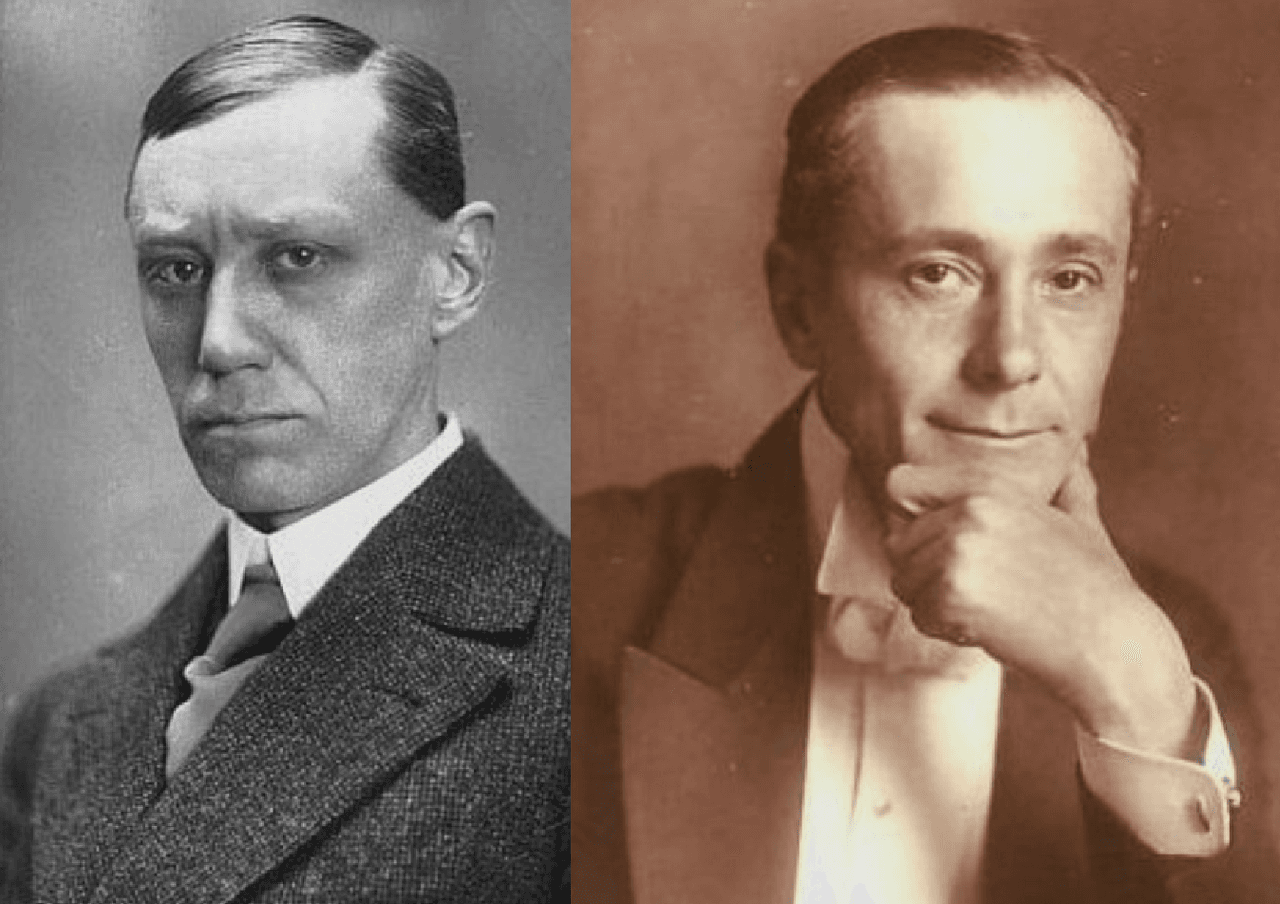
Before we get to this last point, I want to clarify: Everything you've just read is documented history, save for the "one last copy" theory regarding Nosferatu's survival. What you're about to read, though, is unfounded conspiracy theory, rooted in rumor and hearsay. But dammit, it's Halloween, the time in which we blur the lines between the real and unreal. So if for nothing else, let that be the reason you read this with an open mind.
When it came time to cast the villainous Count Orlok as the focal point of his film, F.W. Murnau had few better options than Max Schreck. A devotee of his craft, Schreck was known for giving off an eerie air on stages across Germany, and even in his real life. Schreck was said to take long walks in the woods alone and to stay in his haunting makeup even when the film wasn't shooting. Add to this the fact that his last name literally means "fear" in German, and you've got a character just ripe for urban legend (Side note: It feels certain that director E. Elias Merhige took these stories into account while making Shadow of the Vampire, a fabulous retelling of the making of Nosferatu in which Schreck is literally a centuries-old bloodsucker). But perhaps the weirdest legend of all?
There is a theory that Max Schreck wasn't even a real person. Let me explain.
As we mentioned before, the marketing of Nosferatu was a big, expensive deal. It was played at massive venues, praised across the world, and of course, put a lot of its creators in the spotlight. One person who didn't take to the spotlight, however, was the ever reclusive Schreck. So, in an age when neither Google or paparazi existed, the masses began a narrative as to why Schreck was so absent from his world stage: that is, that he was a fictitious persona of another, more famous actor.
The man that this theory traces Schreck's "real" identity back to is Alfred Abel, an early example of a global movie star with credits that include, most famously, Fritz Lang's Metropolis. I've put his picture (right) next to Schreck's (left) above, so you can decide for yourself how credible the idea is, despite the fact that the two men died a year apart, and were buried in places you can still visit today.
That might be a mischievous way to think, but as you go to see Robert Eggers's Nosferatu remake in theaters this Christmas, don't forget that it wouldn't have gotten there without the same kind of thinking, by criminals and cultists alike. And in the meantime, make sure you check out the original Nosferatu if you haven't yet seen it; it's just as prime Halloween viewing now as it was one hundred years ago.
You can stream 1922's Nosferatu – Eine Symphonie des Grauens on Tubi, The Roku Channel, and - eh, what the hell. In the spirit of the season, go ahead and watch it right here. Just don't tell the German courts.
Happy Halloween, Popverse.
In the immortal words of Danny Elfman, "Life's no fun without a good scare." Join Popverse's weekly explorations of the best opening moments of horror cinema in The Coldest Open, and then check out:
- The best horror movies of all time, according to horror aficionado Greg Silber
- The most underrated horror movies from the past couple years
- All the new and upcoming horror movies for 2025 and beyond
And much gore. Er, more. Much more.
Follow Popverse for upcoming event coverage and news
Find out how we conduct our review by reading our review policy
Let Popverse be your tour guide through the wilderness of pop culture
Sign in and let us help you find your new favorite thing.


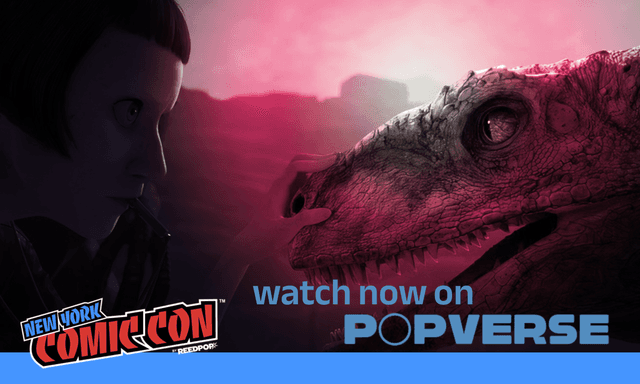
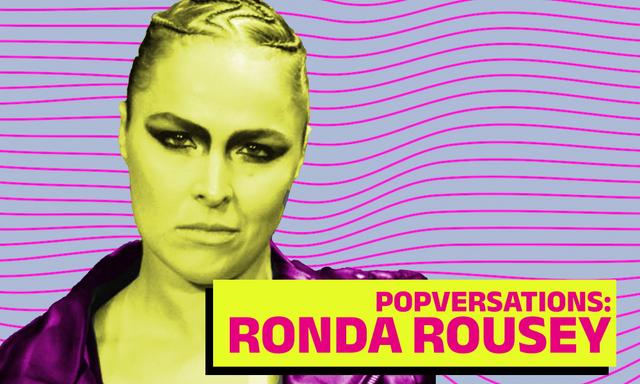



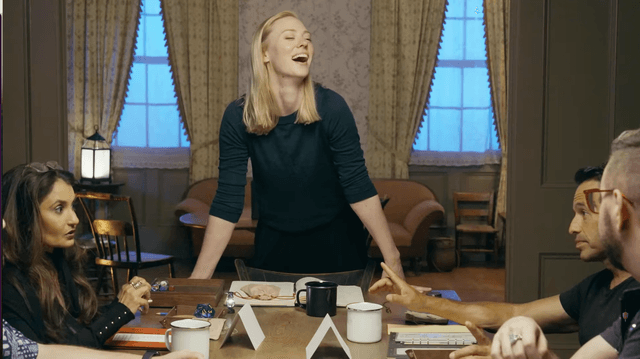

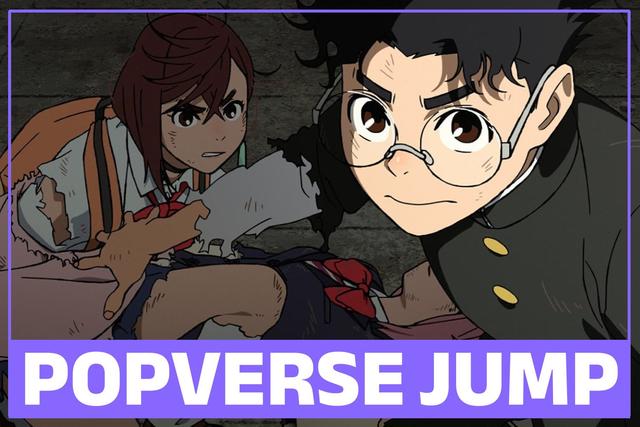






Comments
Want to join the discussion? Please activate your account first.
Visit Reedpop ID if you need to resend the confirmation email.